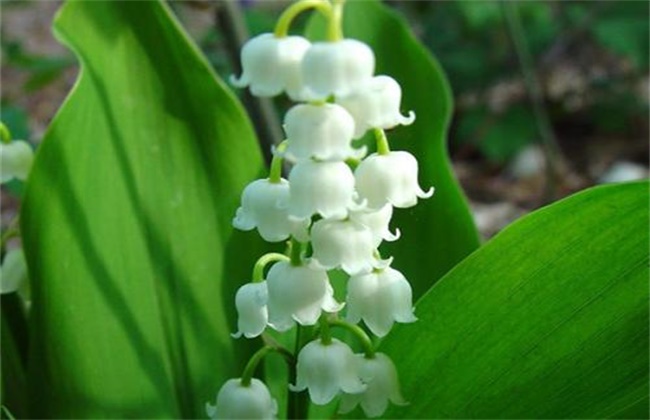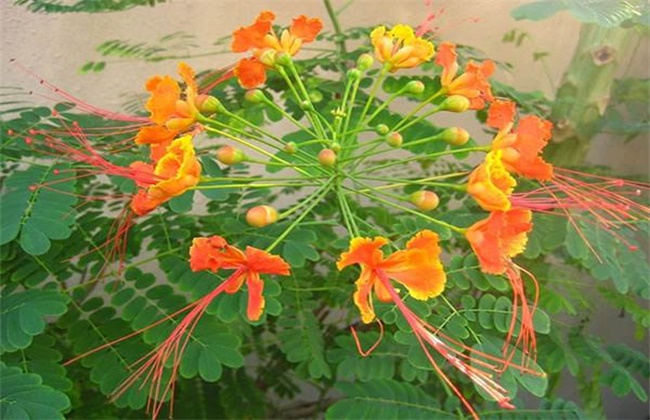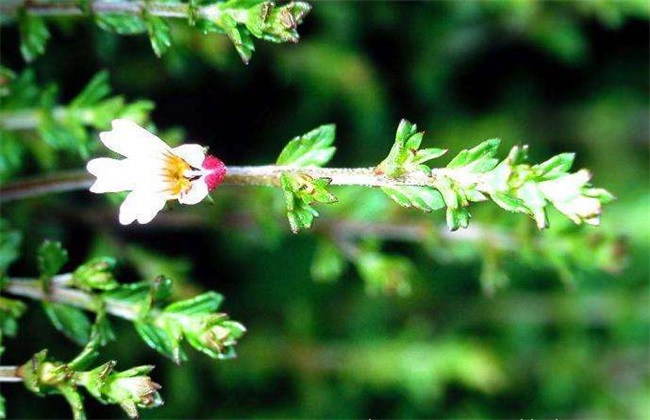The cultivation methods and precautions of lily of the valley
Lily of the valley, also known as valley lily, wind bell grass, many kinds, all have a unique ornamental value, the common varieties are white lily, safflower lily, big flower lily, colorful lily and so on, they are very suitable for pot conservation. So how to raise the lily of the valley? Come and have a look with the editor.

I. Culture methods
1. Acid soil
Lily of the valley likes to grow in sandy soil rich in humus. A slightly larger flowerpot should be chosen when potted, or river sand, garden soil and humus soil can be mixed at 4:2:1 as culture soil. Sufficient water should be poured into the basin, and an appropriate amount of bone powder can be added to the culture soil to provide sufficient nutrients to ensure the normal growth of the root system.
2. Light and temperature requirements
Lily of the valley likes to grow in long sunshine and is not shade-tolerant. During the growing season, the light should not be less than 8 hours a day, so that it can blossom ahead of time. If there is not enough light, it may be delayed before flowering, and there are fewer flowers. At the same time, the growth environment temperature should be controlled at about 20-28 degrees, not less than 5 degrees in winter, and should be placed in indoor breeding to avoid low temperature freezing damage.
3. Water management
The lily of the valley likes the warm and humid environment, especially in the spring and autumn season, its growth is extremely strong, so it should be well watered at this time, often keep the soil moist, and should be watered more at high temperature. Water should be watered every time, without stagnant water, so as to avoid stagnant water retting the roots and watering the roots after the weather turns cool.
4. Fertilizer management
Lily of the valley like fertilizer. In spring, rotten cake fertilizer should be applied every half a month to promote the growth of flowers and leaves, and an appropriate amount of thick fertilizer should be applied before the beginning of winter. Thin compound fertilizer should be applied every other month during the growing season, and compost or grass curtains can be buried in the pot soil in winter to help the plant survive the winter.
II. Points for attention
The root system has higher requirements for the environment, and weeding should be done frequently during the growth period, so as not to affect the normal growth of the root system, and at the same time to strengthen the fluidity of the surrounding air, especially in summer when indoor maintenance, we must often open windows to breathe, so as to avoid the breeding of diseases and insect pests. In addition, the lily of the valley smells sweet, but its whole plant is poisonous, so once it comes into contact with the food, do not eat, so as not to cause poisoning.
The above is the introduction of the breeding methods and matters needing attention of the lily orchids. I hope I can help you. If you want to know more about it, please follow us.
Related
- Fuxing push coffee new agricultural production and marketing class: lack of small-scale processing plants
- Jujube rice field leisure farm deep ploughing Yilan for five years to create a space for organic food and play
- Nongyu Farm-A trial of organic papaya for brave women with advanced technology
- Four points for attention in the prevention and control of diseases and insect pests of edible fungi
- How to add nutrient solution to Edible Fungi
- Is there any good way to control edible fungus mites?
- Open Inoculation Technology of Edible Fungi
- Is there any clever way to use fertilizer for edible fungus in winter?
- What agents are used to kill the pathogens of edible fungi in the mushroom shed?
- Rapid drying of Edible Fungi



